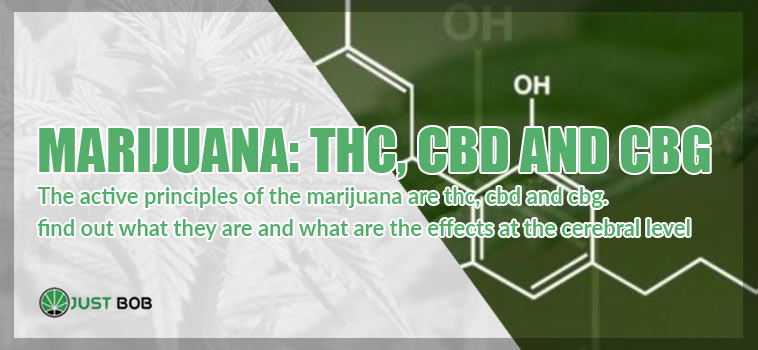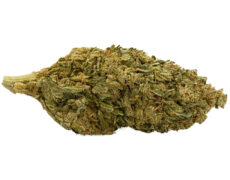Modified on: 19/06/2024
THE ACTIVE PRINCIPLES OF THE MARIJUANA ARE THC, CBD AND CBG. FIND OUT WHAT THEY ARE AND WHAT ARE THE EFFECTS AT THE CEREBRAL LEVEL.
What are the effects of marijuana on the brain
A Cbd Bud or illegal marijuana is a substance that can be obtained from the inflorescences of the female hemp plants, that is from groups of branches that generate flowers.
Native from the temperate zones of Asia, over the centuries hemp has undergone an incredible spread all over the world thanks to its beneficial properties and all its possible uses.
-
 SMALL & BIG
SMALL & BIGBUBBLEGUM
Indoor | CBD – CBDA <22%
Starting from:EASTER SALE -10%
1,25CHF1,10CHF/gGrams3 5 10 20 50 100 -


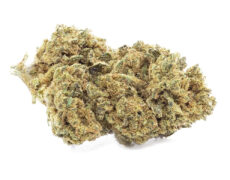
DO SI DOS
Starting from: 2,00CHF/gIndoor | CBD – CBDA < 19%
Grams3 5 10 20 50 100 -


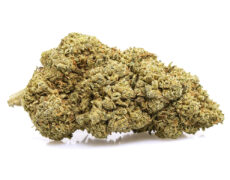
ROYAL GG#4
Starting from: 2,30CHF/gIndoor | CBD – CBDA < 40%
Grams3 5 10 20 50 100 -


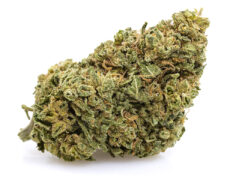
GORILLA GLUE
Starting from: 2,90CHF/gIndoor | CBD – CBDA < 20%
Grams3 5 10 20 50 100
In fact, up until the early 1900s, as well as a recreational tool, hemp was used throughout Europe in both the medical and industrial sectors, thanks to the possibility of forming medical dyes, textiles, paper and furniture panels.
The campaign to demonize cannabis began in 1930, the year in which the Federal Bureau of Narcotix was founded in America, an agency whose objective was to hinder the spread of psychoactive substances for recreational use.
In 1937 with the entry into force of the federal law Marjuana Tax Act, the possession and sale of marijuana became illegal in America and progressively in most of the world.
The main factor that led to the increase of the prohibitionist spirit towards hemp concerns the psychoactive properties of its inflorescences, in particular of the active principle of the THC.
But THC is not the only one present; the active ingredients of hemp are essentially three: THC, CBD and CBG. Let’s analyze more specifically what their effects are and which areas of the brain are involved when we take it.
Active THC principle
THC is one of the best known hemp active ingredients, mainly due to its possible detection in toxicological tests.
The scientific term for this psychotropic substance is delta-9-tetrahydrocannabinol.
It acts in the brain, inducing the release of dopamine, a neurotransmitter that acts on the sympathetic nervous system and is responsible for the typical sensation of euphoria following marijuana intake.
It stimulates the increase in heart rate and blood pressure in the body.
In addition to dopamine release, THC binds to particular receptors called cannabinoid receptors, found mainly in the brain.
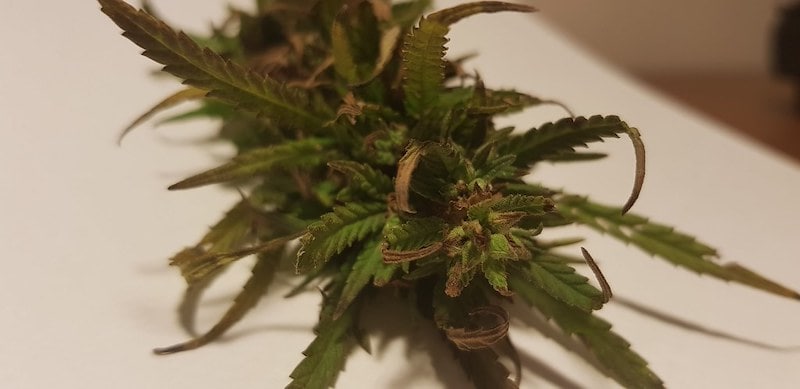

This causes a slowing down in the transmission of neurological signals and can cause symptoms such as relaxation, disorientation, fatigue and alteration in space-time perception.
Moreover, attributable to the action of THC is also the occurrence of the so-called “chemical hunger“, that is a sense of uncontrolled hunger due to the binding of the active ingredient of the hemp to the hormone ghrelin, responsible for the increase in appetite.
THC is present in high quantities in illegal marijuana but also in medical marijuana, while it is practically absent (less than 1%) in the cannabis light, which not by chance is called “Marijuana without THC”.
Marijuana active CBD principle
CBD , whose scientific name is cannabidiol, is a product of the metabolic processes of hemp (and it’ s present in CBD Flowers too).
It is responsible for effects such as psychophysical relaxation and is endowed with important analgesic and anti-inflammatory qualities.
In fact, CBD amplifies and prolongs the inhibitory effects of THC and limits its negative effects on the heart rate and pressure.
Cannabidiol is the active ingredient that makes CBD weed legal: it is in fact contained in high percentages in this product and its derivatives, as opposed to THC.
In fact it turns out to be an optimal substance to reduce the symptoms of particular psychological conditions such as anxiety and panic and its benefits can also be exploited for the treatment of more complex pathologies thanks to its anticonvulsive properties.
One of the legal cannabis derivatives is the CBD oil. Click here and find out where to buy quality CBD oil and legal weed!
What is the active CBG principle?
Unlike the other active ingredients that, over the years, have been abundantly studied, the CBG is only at the beginning of a long series of researches about it, even if the first results appear already more than promising.
This active ingredient is present in marijuana in the form of an acid, called cannabigerolic acid, which is the precursor of all the other psychoactive components of hemp.
The only restriction: being subjected to drastic conditions such as strong heat, for example during cooking or during inhalation through smoke.
Like CBD, CBG hinders some of the unpleasant effects of the THC, such as the sense of paranoia or depression.
Is marijuana dangerous because of the active THC principle?
Despite the psychoactive effects of marijuana or the possible psychophysical alterations that can be observed following its use, until today there are neither detectable cases of overdose death following the use of these substances, nor particular episodes of violence or criminality due to the altered mental state for the use of cannabis.
On the other hand, its beneficial effects in the medical-health field have been scientifically demonstrated.
Read also: Marijuana cake? What you need to know to prepare the perfect one!
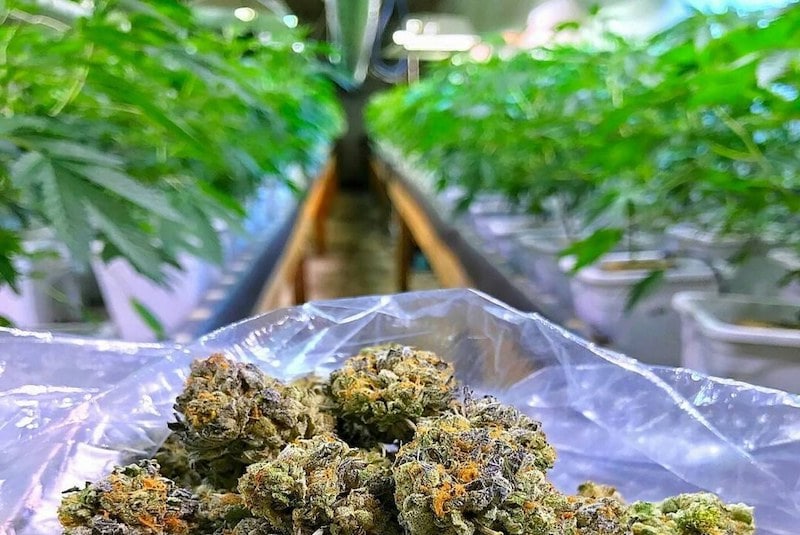

The medical use of cannabis
The medical use of marijuana has ancient roots.
In fact, as early as 2000 BC, cannabis was among the fifty most used herbs in Chinese and Egyptian medicine.
Its benefits were exploited purely to hinder rheumatic diseases, gastrointestinal diseases, insomnia, headaches or for particularly painful sensations as in the moment of birth.
It was also used in medieval Islamic medicine mainly for its diuretic, antiepileptic and anti-inflammatory properties.
Currently, cannabis-based drugs can be used in official medicine, as research carried out on the active ingredients of marijuana has shown their absolute effectiveness for particular pathologies.
In fact, it appears that the effects of cannabinoids contained in marijuana are able to improve the quality of life in patients suffering from chronic and complex diseases, granting them relief from constant discomfort and suffering.
Diseases that can be treated with the cannabis active principles
- More than real healing properties, cannabis has a very powerful palliative effect, thanks to the inhibitory effects that its active ingredients have on brain cells.
- It is mainly used for:
- Diseases that cause chronic pain
- Increase appetite in patients with nervous anorexia
- Reduce the feeling of nausea and vomiting caused by anticancer therapies in particular
- Reduce the symptoms of neurodegenerative diseases such as multiple sclerosis
- Limit the symptoms associated with dementia
- Improve the course of patients who have undergone particular brain injuries
- Reduce the feeling of anxiety or panic
In short: a plant with multiple uses and benefits but unfortunately so badly treated over the last few years!
You can visit our CBD online Shop and discover more about CBD Flowers and pre rolled cbd.


